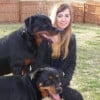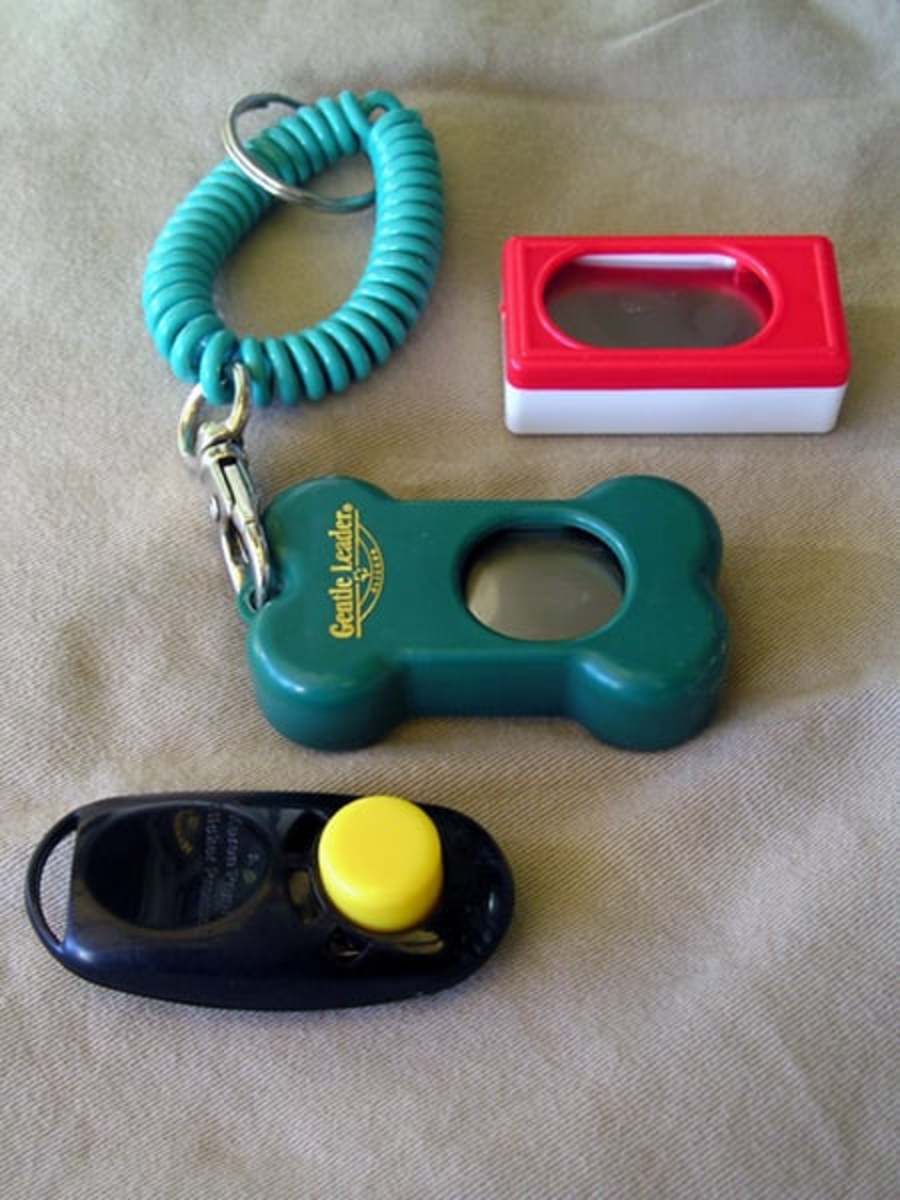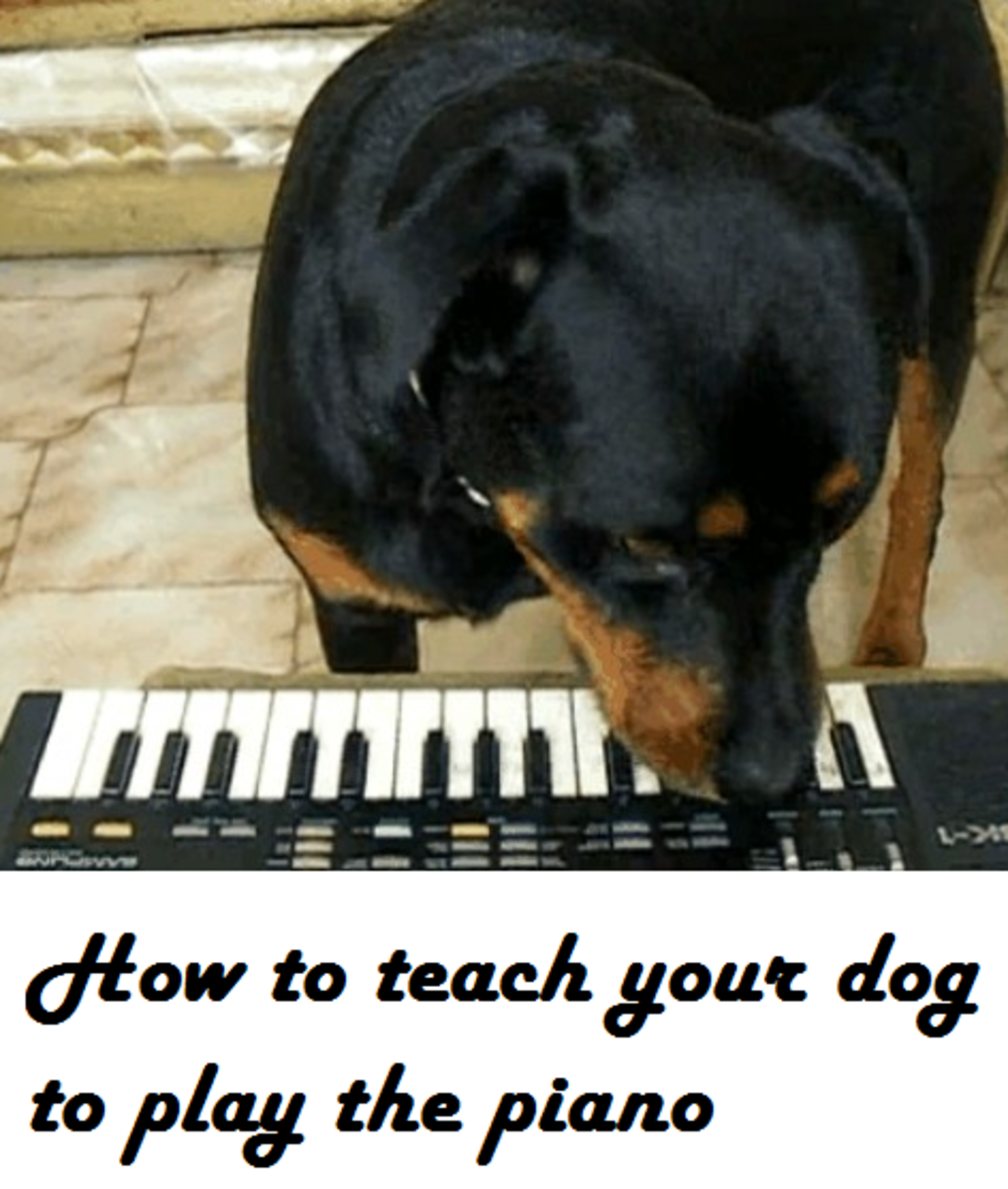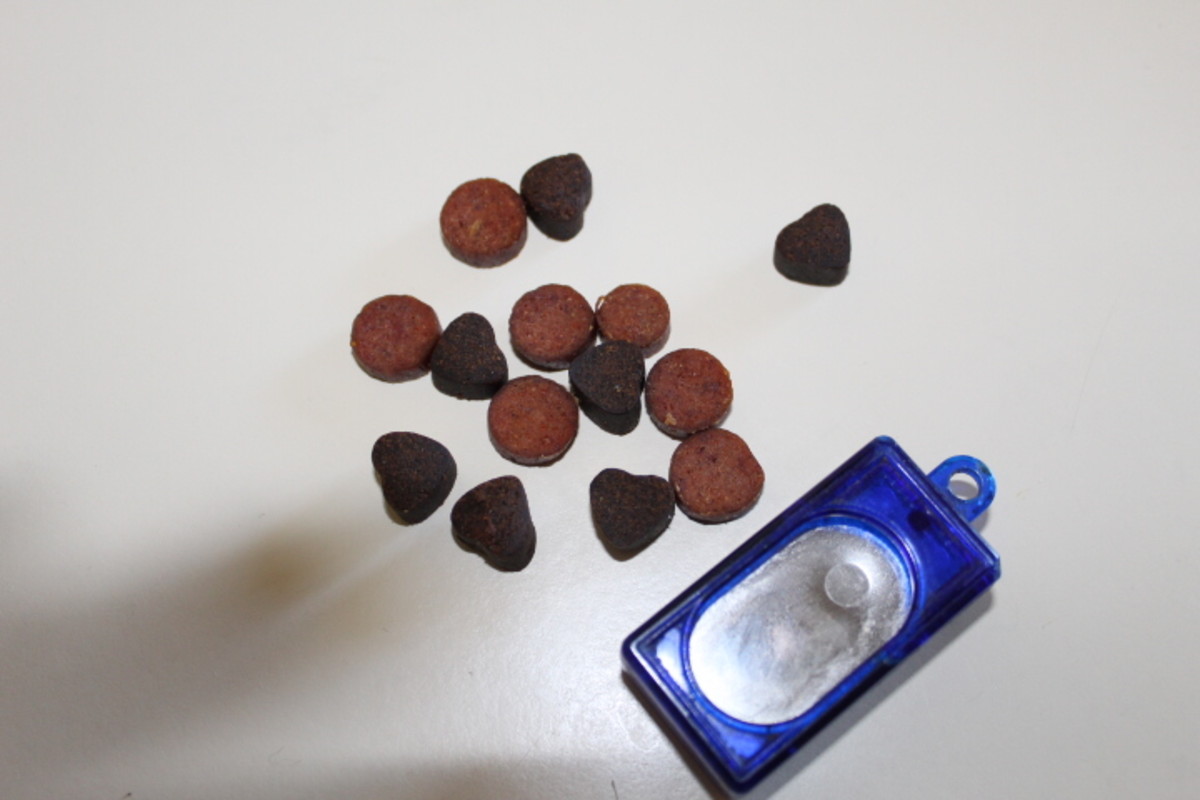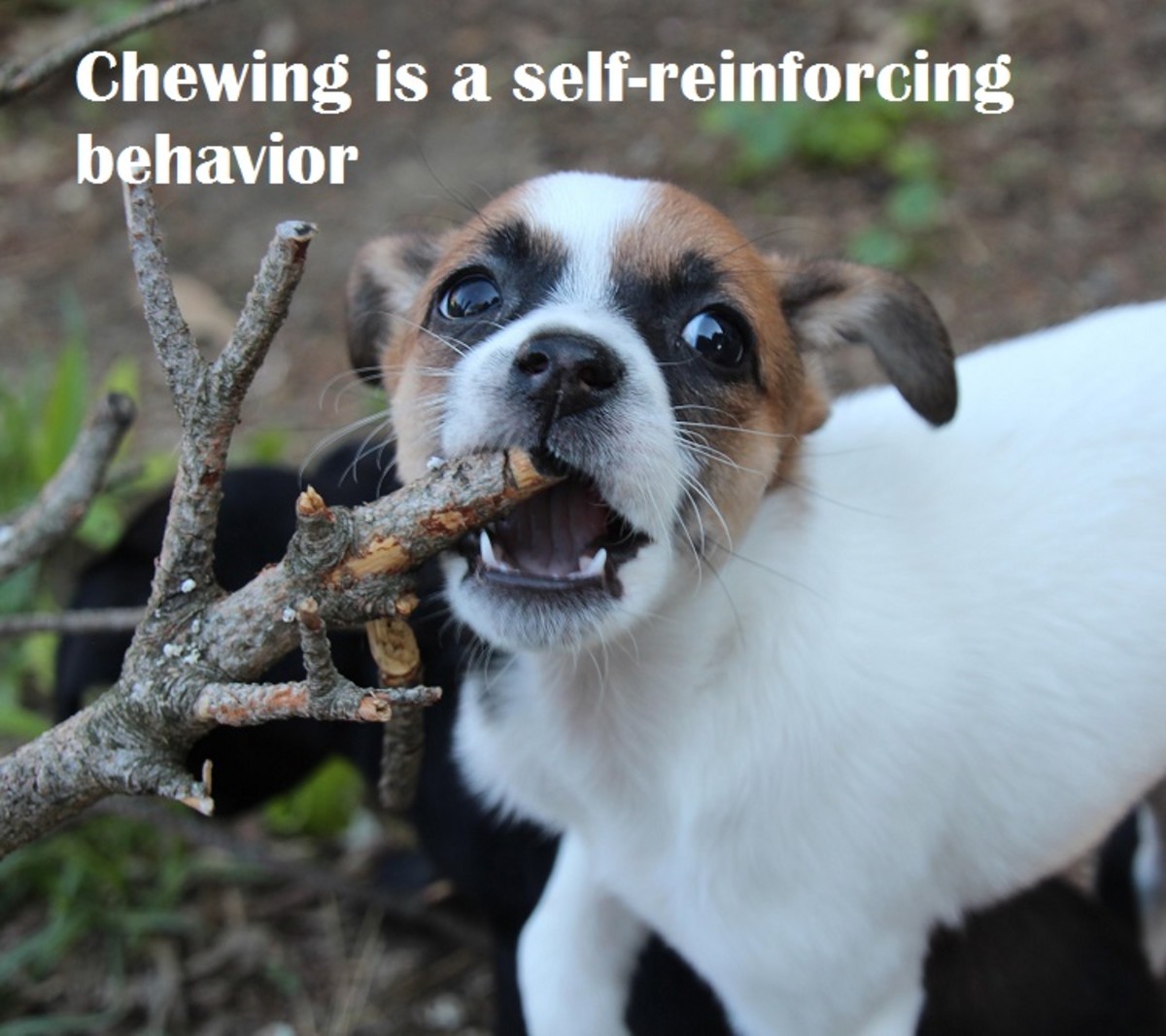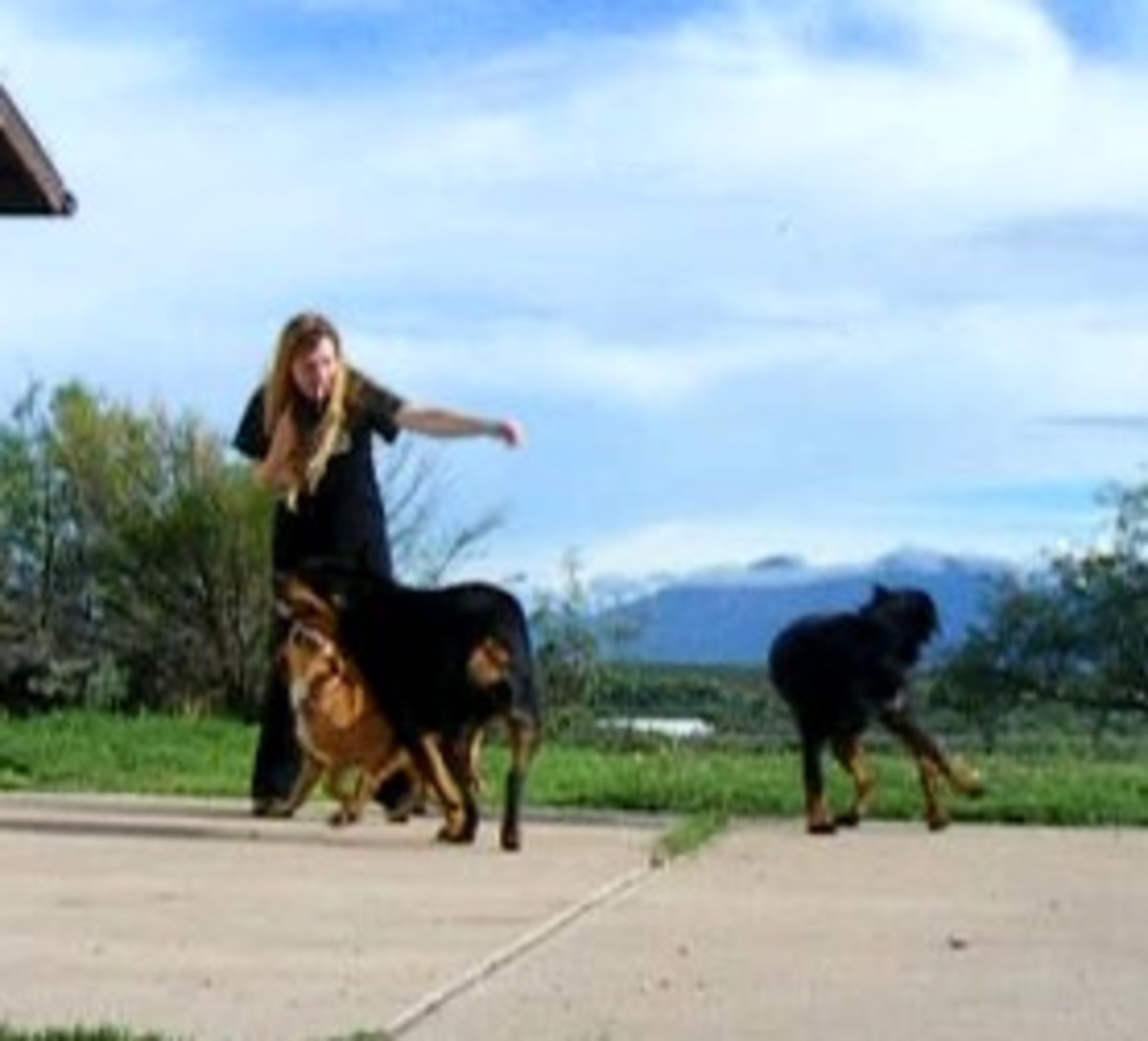- HubPages»
- Pets and Animals»
- Dogs & Dog Breeds»
- Dog Training
How to Clicker Train Dogs
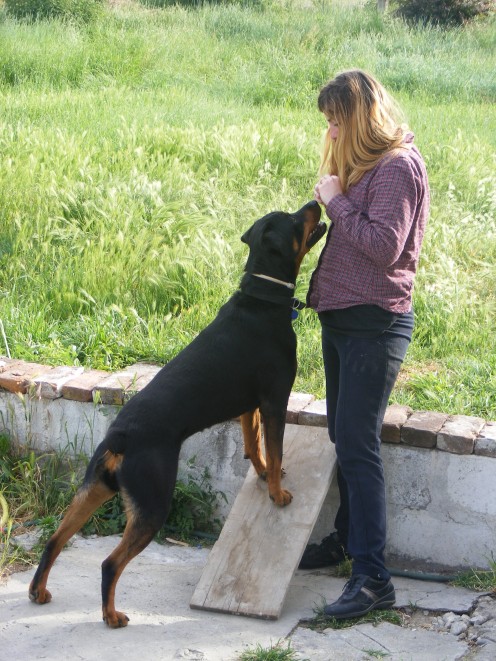
What is Clicker Training in Dog Training?
If you are looking forward to teaching your dog new tricks or perhaps need to build some confidence in an otherwise insecure canine, clicker training may be the right answer to your training needs.
Based on the principles of classical conditioning, operant conditioning and positive reinforcement, clicker training may turn out being an addicting and resourceful activity for both dogs and dog owners world wide.
But what is exactly a clicker and on how do you clicker train a dog? A clicker is basically a mechanical devise that makes a distinct ''click'''' sound when pressed on with a thumb.
Typically, in a clicker training session, desirable behaviors are ''marked'' with a click followed by a treat, while unwanted behaviors are ignored. Clicker training therefore builds confidence and enthusiasm in dogs since they get to ''work'' and take initiative in order to reach a reward.
Dog owners however may ask themselves: ''Why use a device to mark a wanted behavior instead of simply saying "yes!" or ''good boy or good girl?'' Truth is, a clicker is way more effective in marking wanted behaviors than voice. Tones of voice may change and emotions may be different each day, whereas the clicker sound remains always the same and to a dog's ears will always mean the same thing: ''a reward is coming!''.
Clicker Training Rules
There are some basic rules to follow in order to make the most out of your clicker training sessions. First of all, clicker training sessions must be short and your dog must learn exactly what clicking means.
It all starts by getting your dog's attention and clicking and treating, clicking and treating a few times until the dog clearly starts to associate the clicking sound with a treat. A good way to see if the neutral stimulus (the clicker) has gained a conditioned response is to watch your dog carefully. If every time you click, your dog looks for the treat, you know he is ready now for a clicker training session.
Clicker training works mainly by ''shaping'' a desired behavior. This means the dog ''works'' by reaching the final goal through small steps. Prior to each session, dog owners must know exactly what the goal is exactly and follow through marking all the small steps that lead towards the goal.
For instance, in order to teach a dog to give the paw, the owner will click every small attempt to lift the paw, up until the paw is lifted and given to the owner. The training session must end on a positive note, where the dog is basically asking for more.
Here are some other guidelines:
• Always treat after a click. Do not let your kids play with the clicker and have your dog hear it from a distance without getting treats.
• Only click once and then treat. Avoid clicking two-three times if you feel your dog is getting close to your final goal, this may disrupt the "click and treat"consistency. One click is all is needed for the dog to get the message.
• Keep sessions short and sweet. Five minutes is enough for an adult dog. There is a lot of thinking involved and you do not want to reach the point where your dog is exhausted and is losing motivation. Always end on a positive note and with your dog wanting more.
• Know what your goal is before starting the training session.
• Learn to click at the exact moment the dog performs the desired behavior. This may be challenging at first but practice makes perfect. You can practice by having a person bounce a ball and you must click every time the ball touches the ground.
Clicker training started several years ago to train marine mammals such as dolphins or killer whales. Today, it is used by many animal trainers across the globe. Many owners report that they literally feel as if their dog undergoes a"lightbulb moment'' when they start clicker training.
This '' illuminating experience'' can be appreciated by all by learning more about this training technique philosophy, as Karen Pryor,one of the founders of clicker training. likes to call it.
This content is accurate and true to the best of the author’s knowledge and is not meant to substitute for formal and individualized advice from a qualified professional.
© 2010 Adrienne Farricelli CPDT-KA, Dip.CBST
